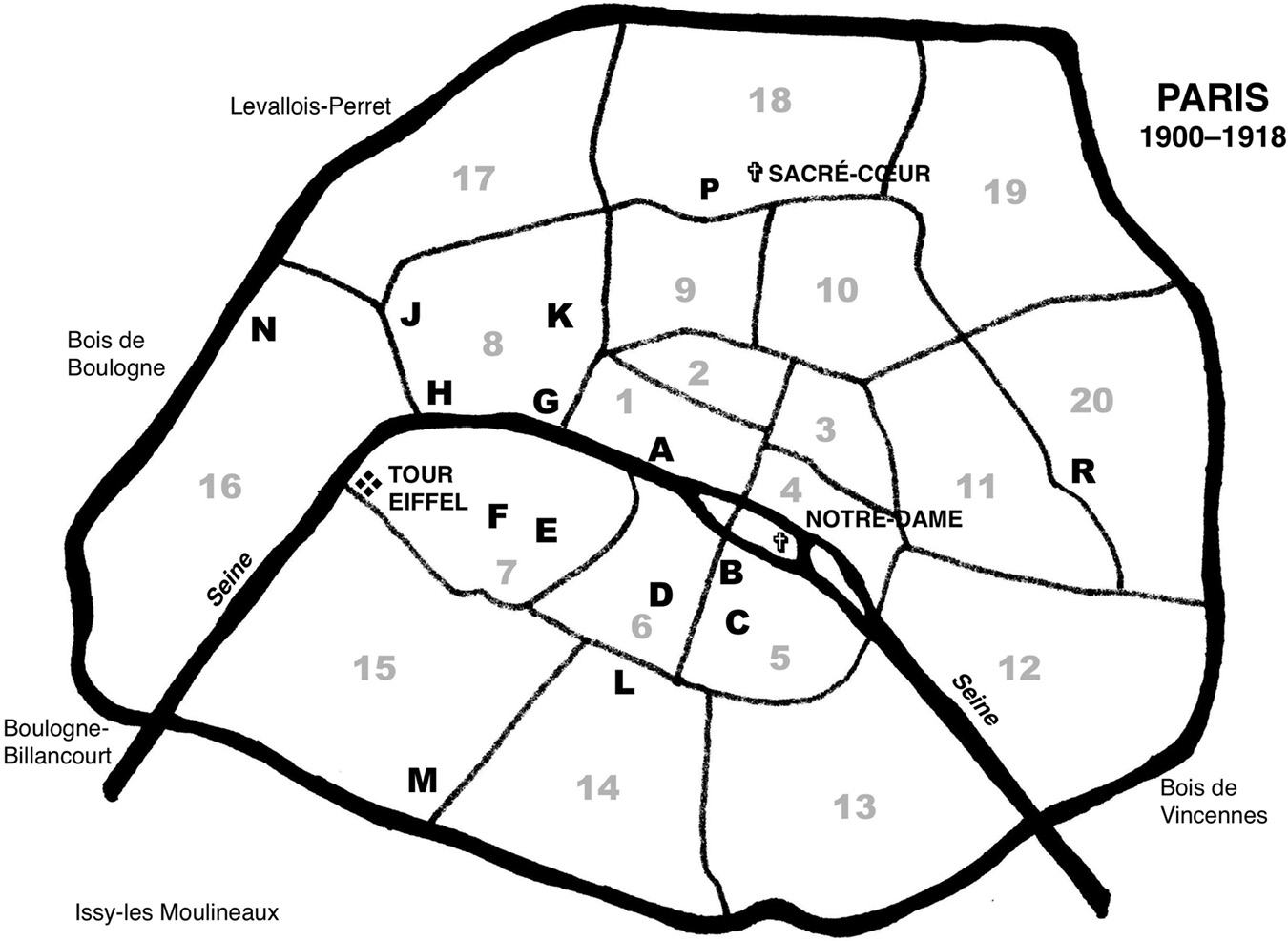Twilight of the Belle Epoque
Twilight of the Belle Epoque
The Paris of Picasso, Stravinsky, Proust, Renault, Marie Curie, Gertrude Stein, and Their Friends through the Great War
Mary McAuliffe
Rowman & Littlefield
Lanham Boulder New York Toronto Plymouth, UK
Published by Rowman & Littlefield
4501 Forbes Boulevard, Suite 200, Lanham, Maryland 20706
www.rowman.com
10 Thornbury Road, Plymouth PL6 7PP, United Kingdom
Distributed by NATIONAL BOOK NETWORK
Copyright 2014 by Mary S. McAuliffe
When not otherwise noted, all translations are by the author.
All rights reserved. No part of this book may be reproduced in any form or by any electronic or mechanical means, including information storage and retrieval systems, without written permission from the publisher, except by a reviewer who may quote passages in a review.
British Library Cataloguing in Publication Information Available
Library of Congress Cataloging-in-Publication Data
McAuliffe, Mary Sperling, 1943
Twilight of the Belle Epoque : the Paris of Picasso, Stravinsky, Proust, Renault, Marie Curie, Gertrude Stein, and their friends through the Great War / Mary McAuliffe.
pages cm
Includes bibliographical references and index.
ISBN 978-1-4422-2163-5 (cloth : alkaline paper) ISBN 978-1-4422-2164-2 (electronic) 1. Paris (France)Intellectual life20th century. 2. IntellectualsFranceParisBiography. 3. Paris (France)History18701940. 4. Paris (France)Social conditions20th century. 5. Social changeFranceParisHistory20th century. 6. Social conflictFranceParisHistory20th century. 7. World War, 19141918Social aspectsFranceParis. I. Title.
DC735.M44 2014
944'.3610813dc23
2013047607
 The paper used in this publication meets the minimum requirements of American National Standard for Information SciencesPermanence of Paper for Printed Library Materials, ANSI/NISO Z39.48-1992.
The paper used in this publication meets the minimum requirements of American National Standard for Information SciencesPermanence of Paper for Printed Library Materials, ANSI/NISO Z39.48-1992.
Printed in the United States of America
In memory of my parents
Betty F. Sperling and Godfrey Sperling Jr.

Contents

Acknowledgments
A s always, my first debt of gratitude is to the City of Light itself, which for more than twenty years has nourished my sense of beauty and deepened my appreciation of history. No matter how much I research and write about this remarkable subject, there is still so much to discover. Paris is indeed a feast, and I have benefited immeasurably from the opportunity to partake of it.
I would like to thank the New York Public Library for providing me a place in its Wertheim Study Room, a quiet sanctuary for scholars in the heart of its vast research facilities in the renowned Forty-Second Street Library. In particular, I would like to extend my thanks to Jay Barksdale, the senior librarian in charge of the Wertheim Study Room, for his ever-ready assistance in solving the variety of problems that can confront a researcher.
Along the way, many people have generously provided a wide array of assistance. Gilles Thomas, who knows more about underground Paris than anyone can possibly imagine, has for years shared his vast historical as well as geographical knowledge of the city with my husband and me. It was Gilles who insisted that we come with him to visit the extensive caverns of Chemin des Dames, outside of Paris, because (as he put it) we are Americans and we should see them. He was right: the wall carvings made during World War I by lonely American soldiers on this front-line positionall too close to Parismoved us deeply and added an important element to my understanding of the war and its impact on Parisians.
I would also like to thank Grard Duserre and Jean-Luc Largier for their unflagging commitment to historical preservation and for their enthusiasm in sharing their discoveries with us. Our friend Ray Lampard has also generously shared his interest in Pariss past, going well out of his way to show us the Paris and its environs that he loves.
This is the third book that I have published with Rowman & Littlefield, and I have been blessed throughout with an extraordinary editorial staff. Special thanks to my editor, Susan McEachern, who has regularly held my hand along the road to publication, providing invaluable expertise and guidance along the way. My thanks as well to my longtime production editor, Jehanne Schweitzer, who has never met a problem or a complexity she could not master. I am also grateful for the assistance of my patient copy editor, Catherine Bielitz, and to assistant editor Carrie Broadwell-Tkach, who makes so many things happen, and so smoothly.
Last, a special thank-you to my husband, Jack McAuliffe, who throughout the gestation of four books and more than one hundred articles on Paris and France has unsnarled the inevitable travel snafus and provided valuable insights and photography along the way. I have had the joy of discovering Paris with him, and that is the best of all.
Paris, 19001918. J. McAuliffe
Key:
A. Muse du Louvre
B. Sorbonne and Latin Quarter
C. Panthon
D. 27 Rue de Fleurus (Gertrude Stein)
E. Htel Biron (Rodin)
F. Les Invalides
G. Place de la Concorde
H. Thtre des Champs-Elyses
J. Etoile
K. 102 Boulevard Haussmann (Proust)
L. Caf du Dme and Caf de la Rotonde
M. La Ruche (Chagall)
N. Porte Dauphine
P. Bateau-Lavoir (Picasso)
R. Pre-Lachaise Cemetery
Pariss twenty arrondissements are indicated by number.

Introduction
M y last book on Paris, Dawn of the Belle Epoque: The Paris of Monet, Zola, Bernhardt, Eiffel, Debussy, Clemenceau, and Their Friends , took the reader from the multiple disasters of 18701871 through the extraordinary reemergence of Paris as cultural center of the Western world, ending with the triumphal Paris Exposition of 1900.
It was not, of course, as if Paris and Parisians experienced no trials or tribulations during these years. The poor continued to suffer, and their advocates, such as Georges Clemenceau and Louise Michel, continued to have their work cut out for them. Moreover, a prolonged period of economic listlessness provided an ongoing undercurrent of anxiety, exacerbated by debacles such as the Union Gnrale bank crash and the Panama Canal scandalthoroughly avoidable disasters that wiped out the life savings of so many who could not afford to lose a sou. In addition, the unsettled nature of the Third Republic itself undermined confidence. Monarchists and the Church continued to battle republicans of all stripes, while anti-Semites and nationalists, feeding upon the swirling undercurrent of fear, almost tore the nation apart in their victimization of an innocent Jewish soldier, Captain Alfred Dreyfus.
And yet, somehow, a remarkable series of artists and innovators emerged during these years, battling traditionalists andat least for a substantial numberachieving success. Claude Monet, Emile Zola, Sarah Bernhardt, and Gustave Eiffel were well-to-do or even wealthy by the turn of the century, as was that innovative founder of the Samaritaine department store, Ernest Cognacq. Auguste Rodin and Pierre-Auguste Renoir had also attained financial success, and others among their acquaintances had likewise left their years of poverty far behind. There would always be those such as Paul Gauguin who would die impoverished, and the market for paintings by Camille Pissarro, Alfred Sisley, and Paul Czanne did not really take off until after their deaths. But a surprising number of the starving artists and entrepreneurs of the 1860s and 1870s had, by the turn of the century, found fame and fortune in Paris.
Next page
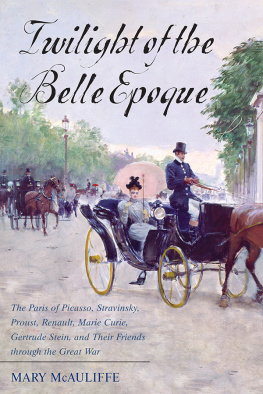
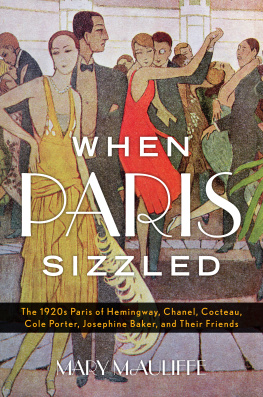
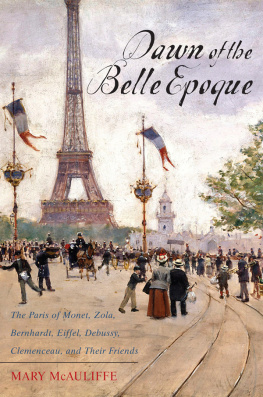

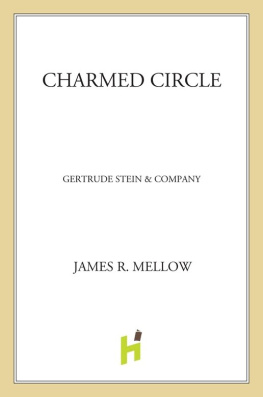

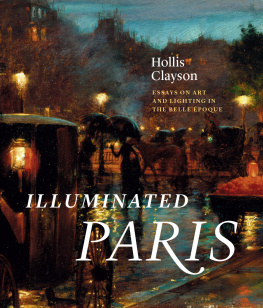
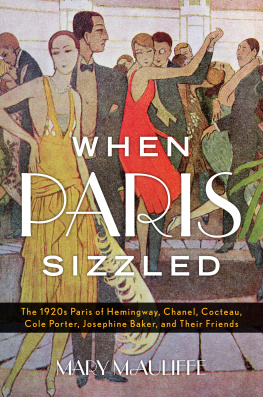
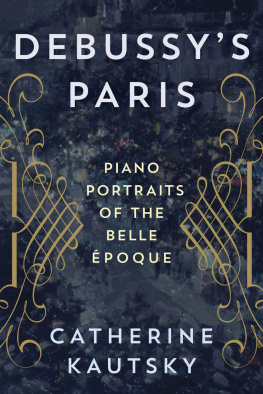
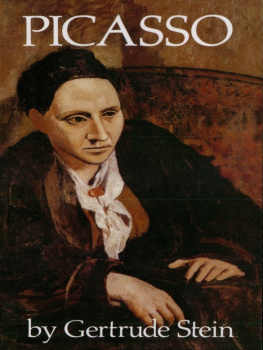
 The paper used in this publication meets the minimum requirements of American National Standard for Information SciencesPermanence of Paper for Printed Library Materials, ANSI/NISO Z39.48-1992.
The paper used in this publication meets the minimum requirements of American National Standard for Information SciencesPermanence of Paper for Printed Library Materials, ANSI/NISO Z39.48-1992.

